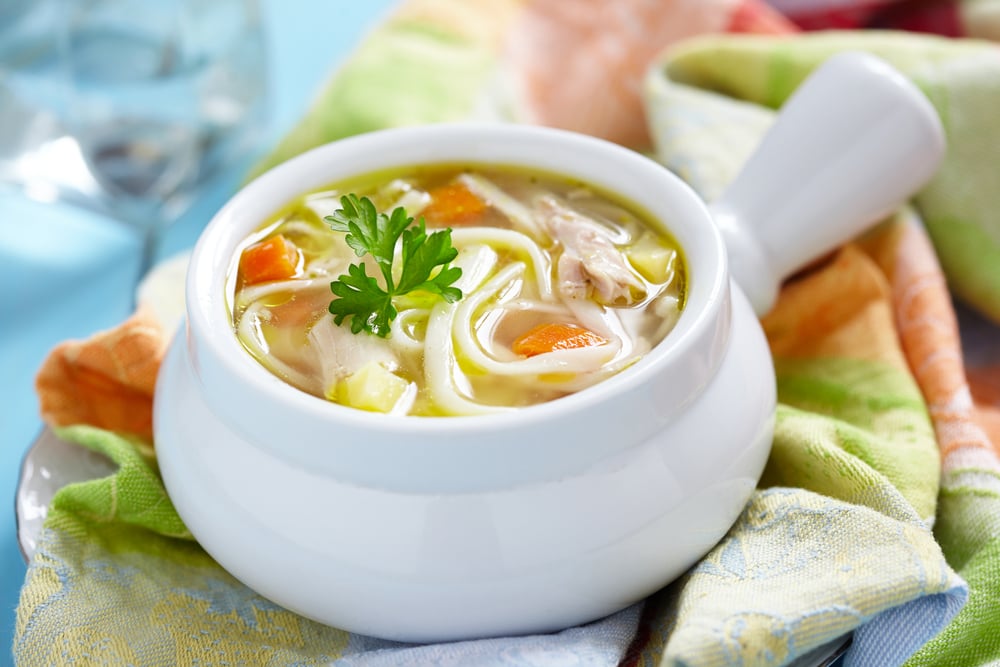We’re all looking for ways to be healthy. One of those ways is by eating better and making smarter food choices.
While wheat flour has been the go-to ingredient for centuries, more and more people are turning to alternative flours for their cooking and baking. Flours made from almonds, buckwheat, coconut, oats, millet, and even apples have taken over kitchens everywhere for their major health benefits.
Wheat flour: a thing of the past?
Wheat flour may be readily available and easy to use, but it also spikes blood sugars and can pack on the pounds if you’re not careful. Many people also have gluten intolerance so they need to avoid wheat flour. Others have allergies to nuts and dairy, which can be cross-contaminated with baked goods that contain wheat flour.
Now a new alternative flour has hit the market and what it’s made out of might surprise you. Banana flour is made from -you guessed it- bananas.
Bananas are high in potassium and fiber and are also low on the glycemic index. That makes them the perfect alternative flour for those suffering from health conditions like diabetes.
The making of banana flour
Now that you know the health benefits of banana flour, let’s dive into how they make this excellent alternative to wheat flour.
They start with organic, green bananas. Bananas don’t start developing their sugars until they ripen, which is why green bananas are used. It helps to keep the banana flour low on the glycemic index.
Green bananas are also rich in prebiotics because they contain starch that helps feed the good bacteria in the gut and balance out the bad bacteria.
Once the green bananas are picked, they are then washed thoroughly with the peel on. After they are washed, the peel is removed and they are thoroughly washed again. Next comes the cutting, drying, and milling process before the green bananas are finally turned into a powder which is perfect for cooking and baking.
Not just for baking
While you may think of bananas as the basis for sweet dishes, not savory, banana flour can actually be used for both.
Since the bananas aren’t ripe when they are turned into flour, the end result is a flour that contains just a hint of sweetness.
You can use banana flour in virtually anything you would use wheat flour for. The obvious are pancakes, muffins, and cookies, but you can also use it to coat chicken, thicken sauces, and even turn it into sandwich bread.
The health benefits combined with the versatile taste of banana flour make this a no-brainer when it comes to adding it to your pantry shelf. If you’re searching for an alternative flour that is free of allergens and good for you, consider giving banana flour a try. It’s sure to be a hot commodity at health food and grocery stores around the country as more people are thinking twice about what they’re putting in their bodies.












